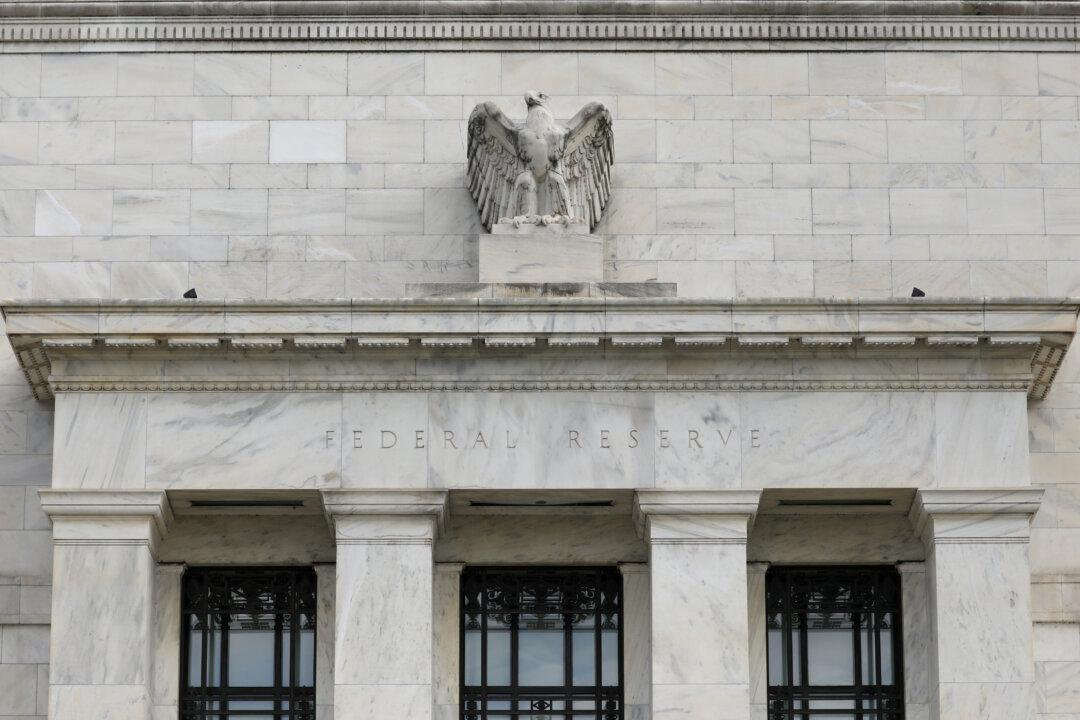Commentary
For the most part in 2017 and 2018, only academics and easy-money cranks scolded the Federal Reserve for raising rates. After all, the stock market was bubbling up and the economy was strong.

For the most part in 2017 and 2018, only academics and easy-money cranks scolded the Federal Reserve for raising rates. After all, the stock market was bubbling up and the economy was strong.